Alex Cheong Pui Yin
14th March 2023 - 2 min read
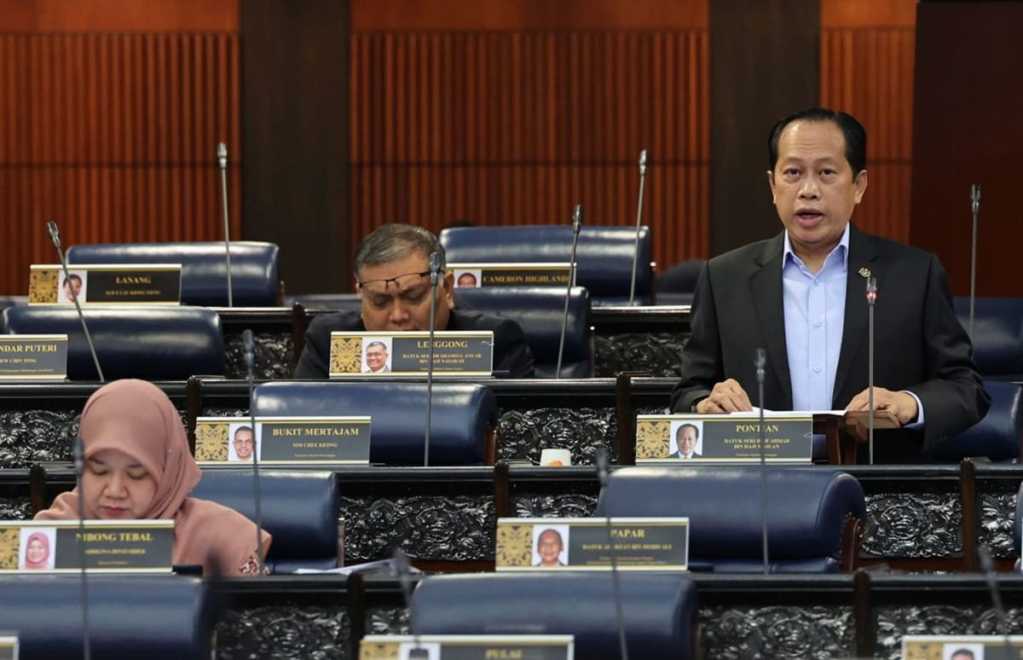
Deputy Finance Minister I, Datuk Seri Ahmad Maslan has said that the introduction of targeted subsidy for RON95 petrol will be slightly delayed. This is as the government will first focus on the implementation of targeted subsidies for electricity and diesel.
“We are looking into targeted subsidies for electricity and diesel. We might delay targeted subsidies on RON95. When will the targeted subsidies be implemented? Wait for the announcement,” said the deputy minister during his winding-up speech on Budget 2023.
The government has repeatedly highlighted its intention to introduce targeted subsidies over the past years, particularly since the onset of Covid-19, due to the cost of maintaining existing blanket subsidies. For instance, Datuk Seri Ahmad Maslan had revealed last month that RM50.8 billion was spent solely on subsidies for petrol, diesel, and liquefied petrol gas (LPG) in 2022, and that the government could save up to RM17 billion by implementing a targeted petrol subsidy mechanism.
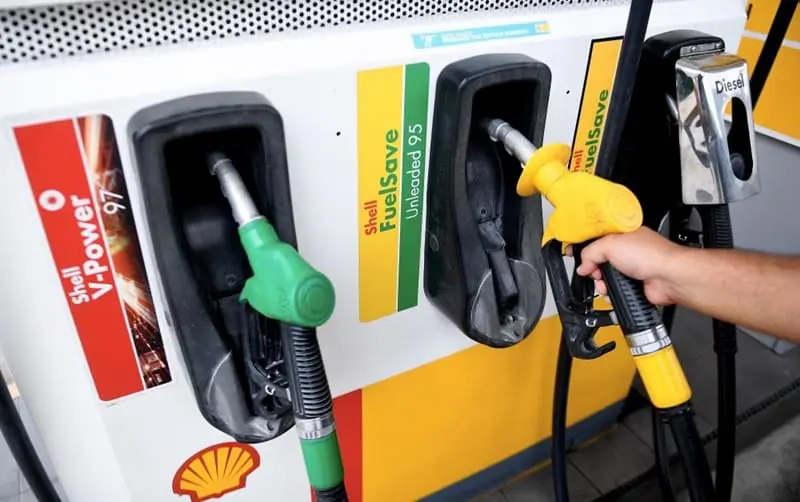
Former Finance Minister, Tengku Datuk Seri Zafrul Abdul Aziz, too, had previously shared that the total amount of subsidies provided in 2022 would hit nearly RM80 billion – highest amount of subsidies in history to ever be borne by any government. This amount includes all subsidies provided by the Malaysian government, including petrol, electricity, cooking oil, and flour.
Accordingly, the government had also conducted several efforts to kickstart the implementation of targeted subsidies, such as considering the use of e-wallets as a potential targeted petrol subsidy mechanism. Fast forward to today, current Prime Minister Datuk Seri Anwar Ibrahim – who is also the Finance Minister – has directed all relevant departments to study and develop appropriate approaches as part of the government’s latest subsidy rationalisation plan.
Meanwhile, electricity users have already begun tapping into a targeted electricity subsidy structure since 1 January 2023, where domestic users continued to enjoy a rebate of 2 sen/kilowatt hour (kWh) on their power tariff. Non-domestic users, meanwhile, are required to pay a specified amount of surcharge, depending on whether they fall into the lower, medium, or high-voltage category.
(Source: The Star)
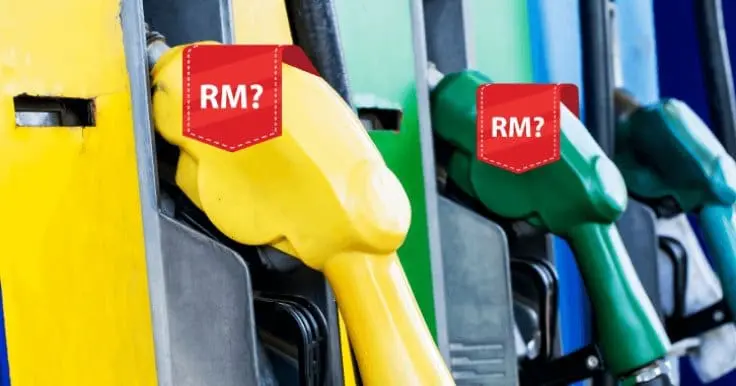
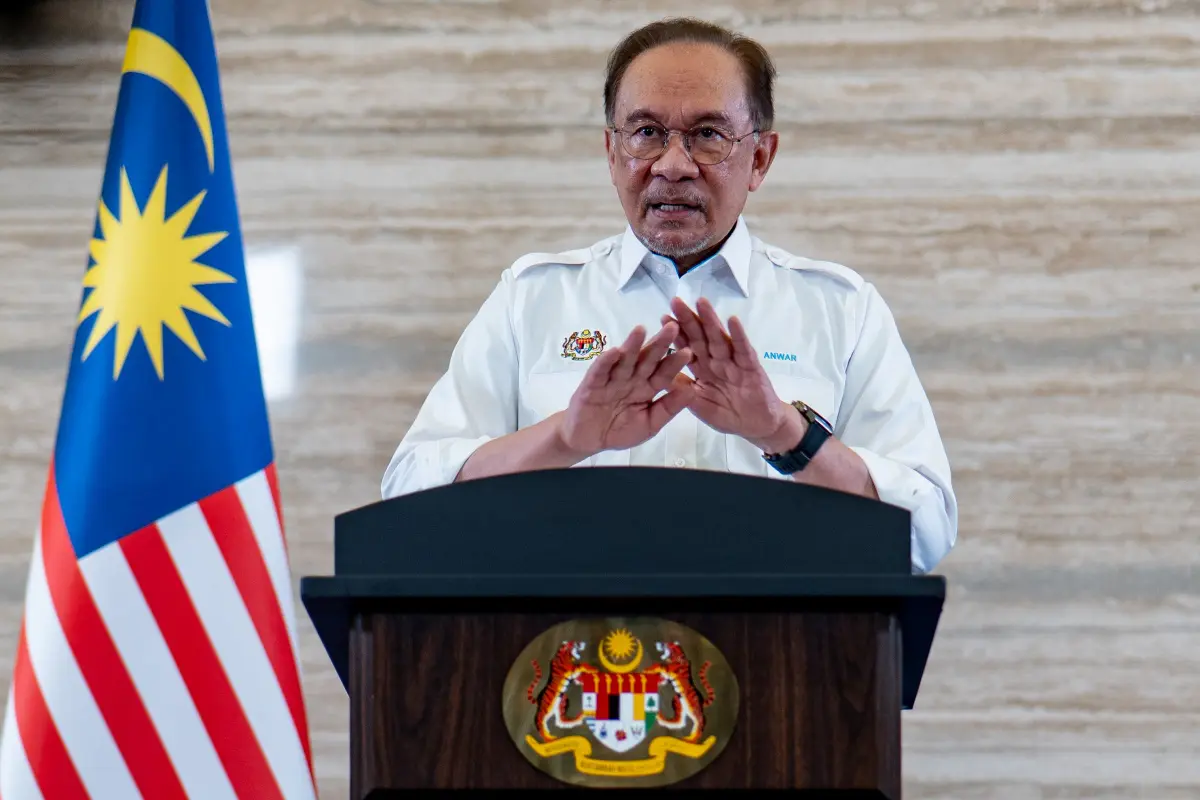

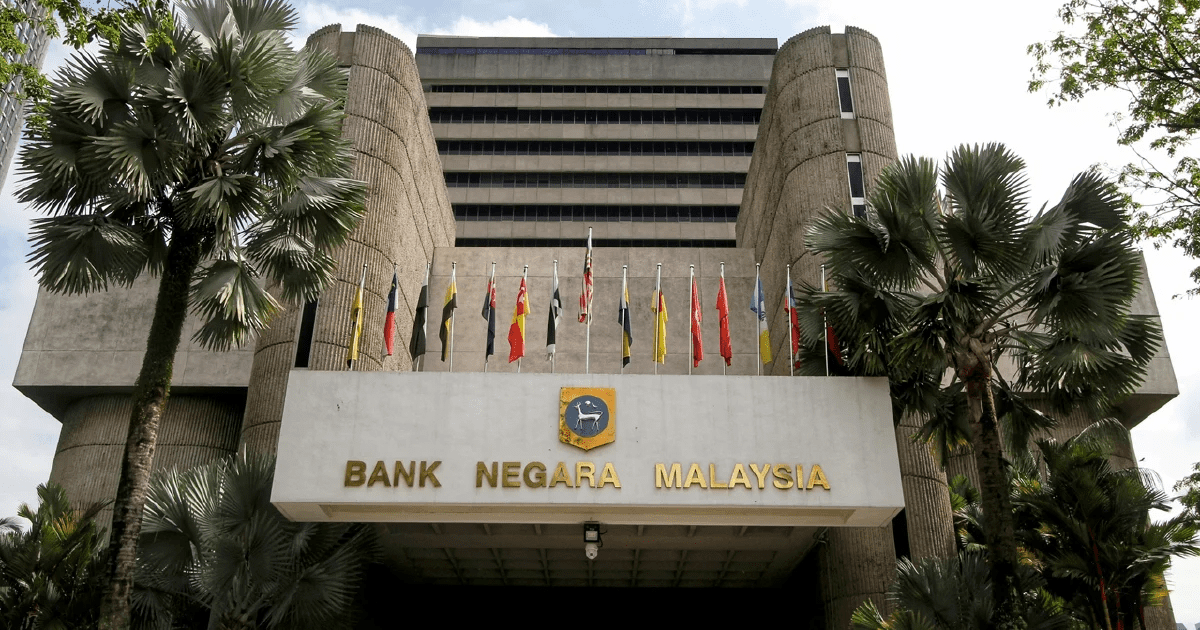
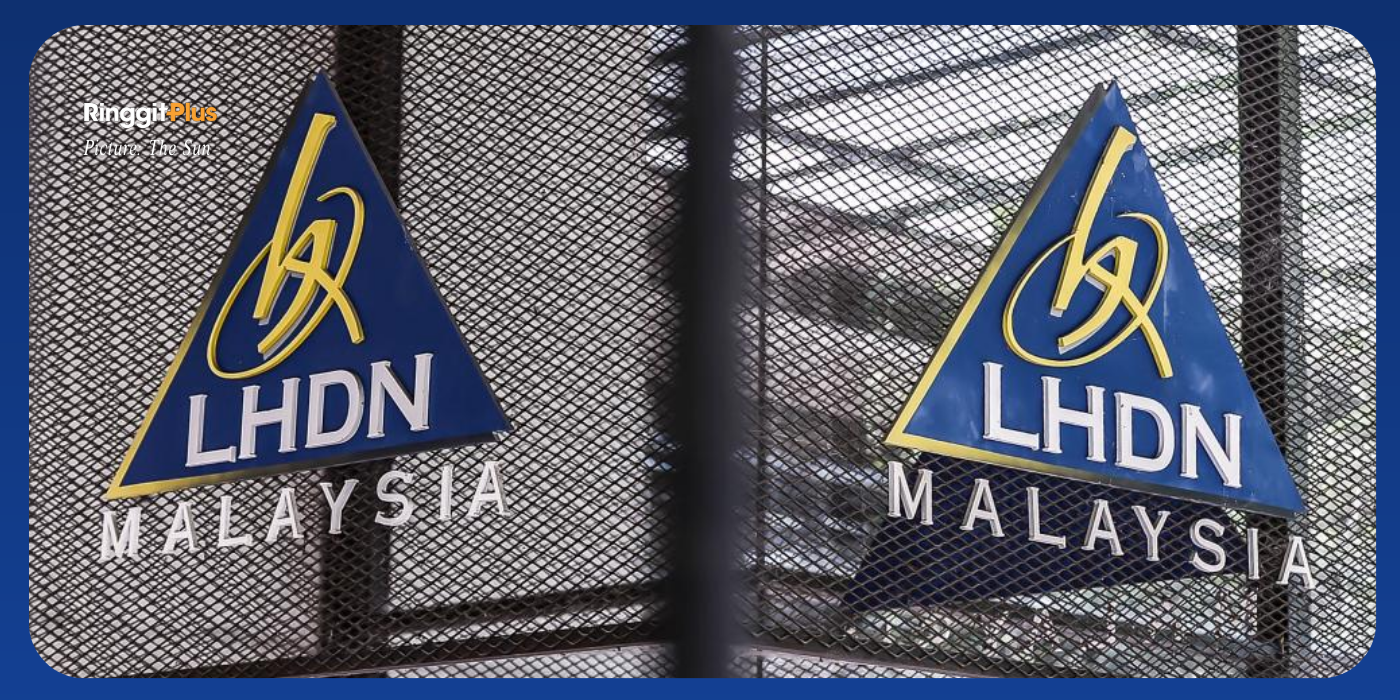



Comments (0)